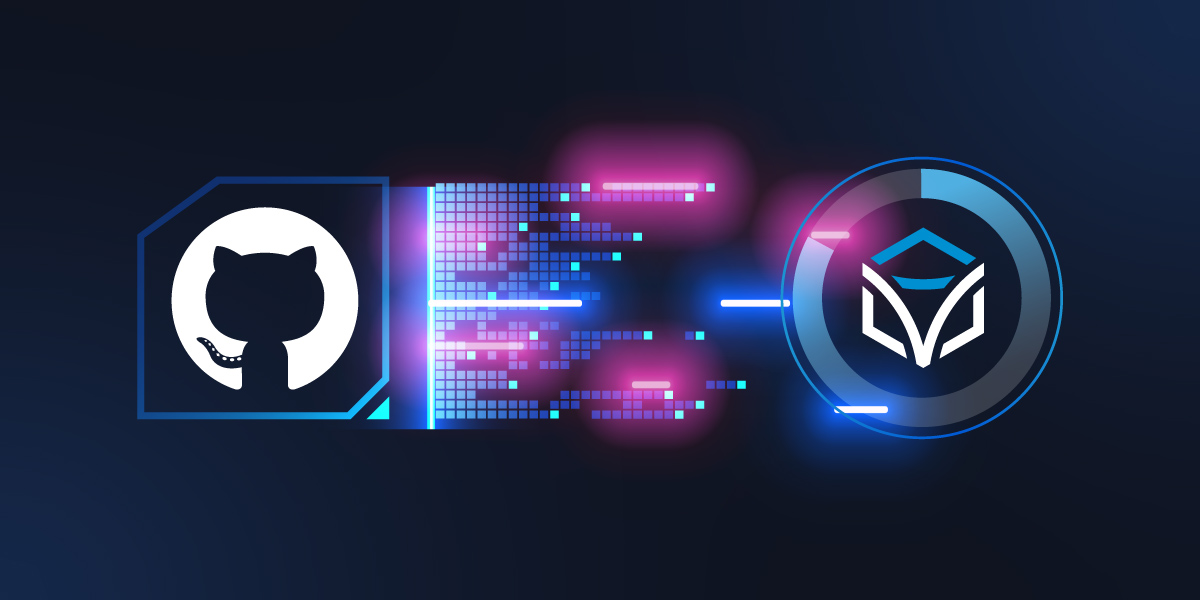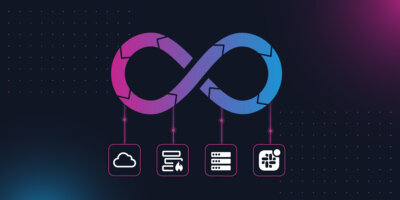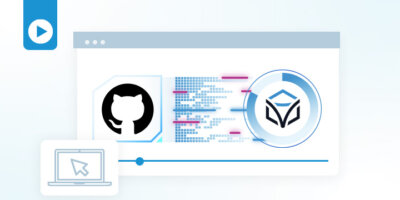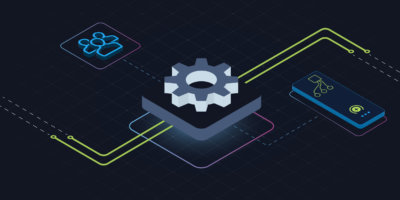I recently shared a demo showcasing Itential’s GitHub integration — an easy, API-driven way for network teams to leverage Git as part of their day-to-day activities.
The number of network teams being asked to start using Git is growing, and Itential’s integration to GitHub makes leveraging Git a seamless part of a network automation or orchestration workflow. Before diving in, let’s explore why network teams are starting to use Git and similar services in the first place — both potential benefits and potential challenges.
Why More Network Teams Are Being Asked to Use Git
Git might not seem like a natural tool for network teams to gravitate toward. Historically, of course, its use has been mostly concentrated to programmers. But network teams can use Git as a common data source for data that must be applied across a complex network, making it a natural fit for networking.
- Certain networking data is global or semi-global.
- Version control solves multi-user file editing and collaboration challenges.
As network teams get further on their network automation journeys, there is a natural trend toward a centralization of certain files and processes. Git is a good way to store files that are useful for configuration changes across a wide array of devices and network domains, such as a list of IP addresses, or an ACL (access control list) which can be applied in multiple places.
For something like an ACL, managing the list across multiple types of devices and multiple network domains where access must be controlled can become complex. A list of priorities organically emerge that start to look an awful lot like the features of a version control service: what if we had a single file that everyone could access when configuring a network device? How could we manage editing access for that file? How can we ensure it’s always up to date?
Leveraging Git as a common network data source means:
- Teams gain access to consistent audit trails without manual upkeep to have visibility on changes.
- Rolling back to working versions is easy and will instantly apply for anyone who accesses the file from anywhere.
- Collaboration is faster and more consistent, accelerating everything that relies on this crucial work.
These benefits solve challenges that are only becoming more common in networking. The number of domains network teams are responsible for is increasing, and complex, multi-vendor networks are the norm at large enterprise organizations.
Orchestration Platforms Enable Network Teams to Use Git Efficiently
A comprehensive orchestration platform that can integrate Git with automated network processes helps network teams adopt Git without slowing down. The last thing teams want is to adopt a new tool that adds manual time into their current processes.
Therefore, to use Git efficiently, it must be integrated with a team’s existing and future network automation practices. Ideally, when a network change is requested and an automation is triggered, the necessary data from Git is always pulled down from the repository. It’s important that accessing up-to-date data required for networking activity, as well as modifying that data, doesn’t slow network engineers down.
Using an automation and orchestration platform like Itential that can integrate with services like GitHub brings version control practices into a network team’s usual patterns of work, ensuring network teams can enjoy the benefits of Git without sacrificing efficiency.
Itential’s GitHub Integration & Version Control Use Cases
Earlier, I mentioned a demo I presented on integrating GitHub with Itential. You can watch the full demo here to dive into the details and see some example use cases in action.
If we really summarize, the demo covers three things:
- How to onboard the GitHub integration and understand the different API endpoints available in Itential.
- How to leverage these endpoints as tasks in an Itential workflow to orchestrate a network change process that includes GitHub steps.
- How to transform data received from GitHub to use it in an orchestrated network change process.
You can use our GitHub adapter to onboard API endpoints automatically. In the demo, I showed how to generate a new integration with a specific API document instead — an option that helps if there’s ever a wait time for our own GitHub integration to be updated. In addition, you’ll see some of the specific API endpoints you can access to leverage GitHub within an orchestrated network automation workflow.
In the demo, you’ll also see how to bring GitHub tasks into your workflows and populate them with any necessary information. This part is easy, but powerful — by leveraging GitHub for things like data gathering as part of a network change process, you can evolve from automating pieces of a change process to orchestrating the entire change as an end-to-end service.
Finally, you’ll learn how data transformation works in Itential. The platform leverages JSON to format data between API calls, and you can easily build a data transformation step to, for instance, turn an ACL into a series of commands for a specific set of devices.
Network Teams Can Benefit from Automating with Git
The use cases described in the demo and in this blog are simple, but important, especially as network teams continue to be tasked with more complex networking across more expansive infrastructure.
This isn’t a stopping point, though. As teams grow more familiar with leveraging version control as part of network automation, it can also enable more advanced use cases like CI/CD pipeline use, enabling both NetOps and DevOps teams to collaborate more easily and leverage resources between the two in what’s known as NetDevOps.
To dive into Itential’s GitHub integration and learn how to use it yourself, check out this page or watch the full demo here





